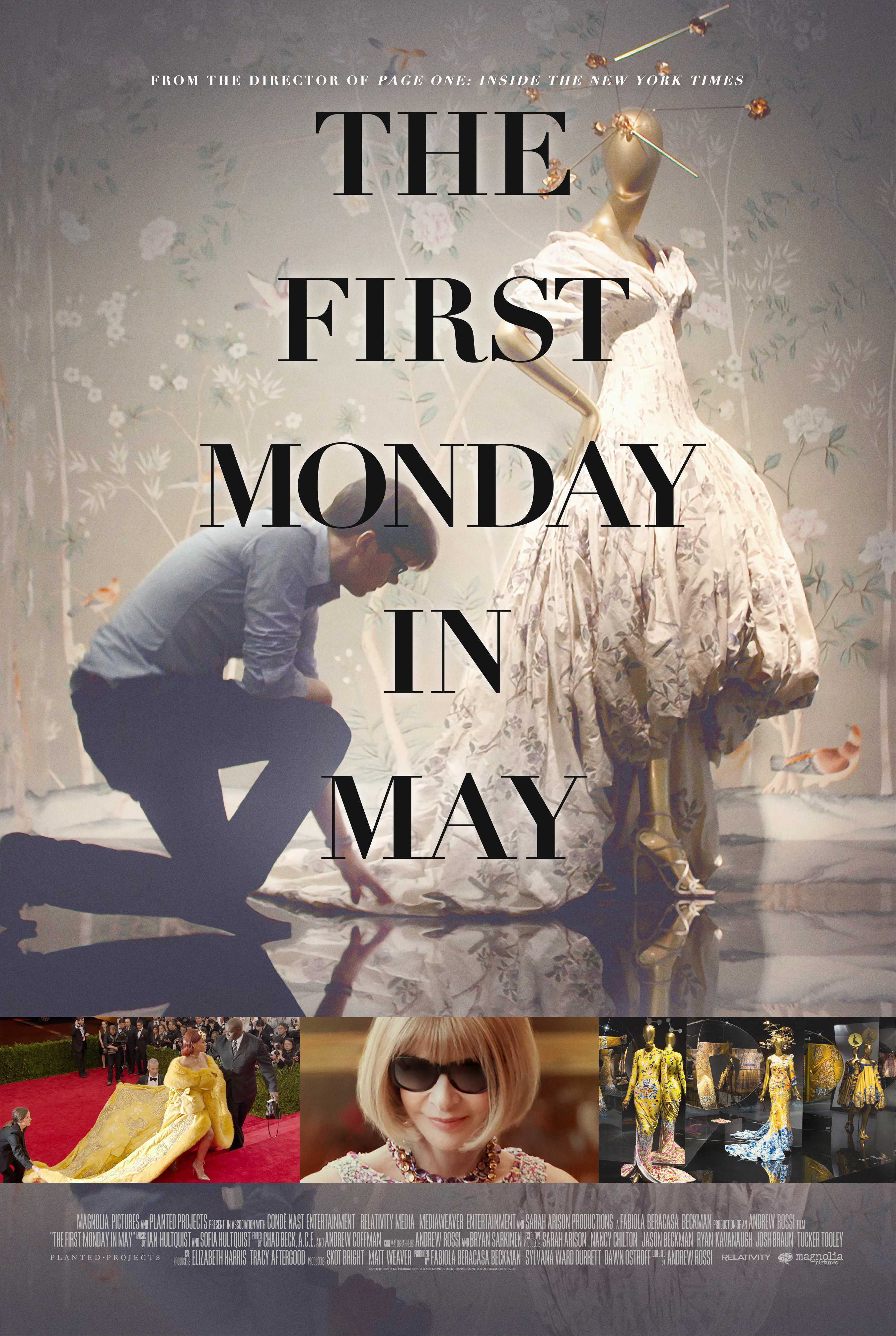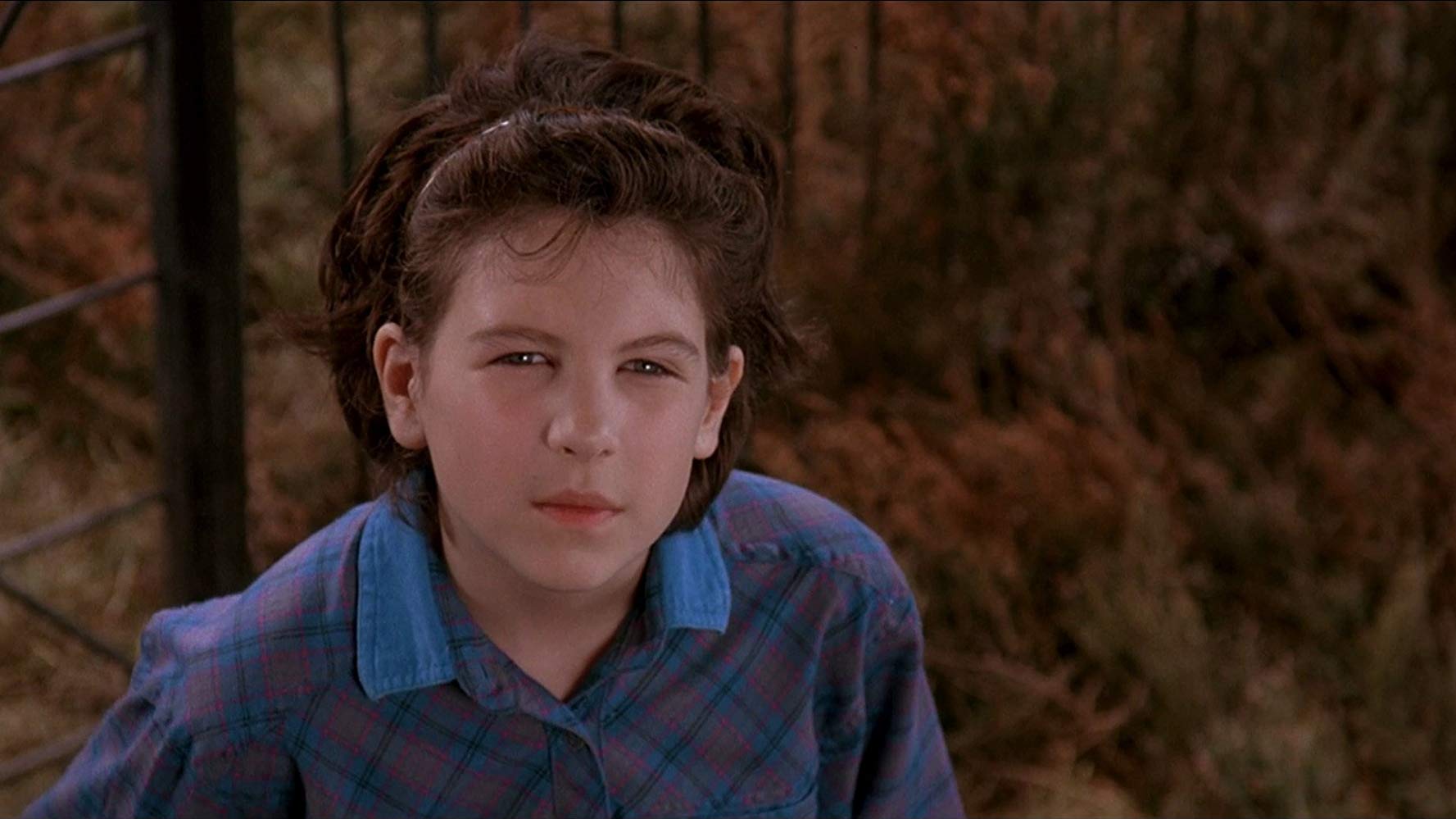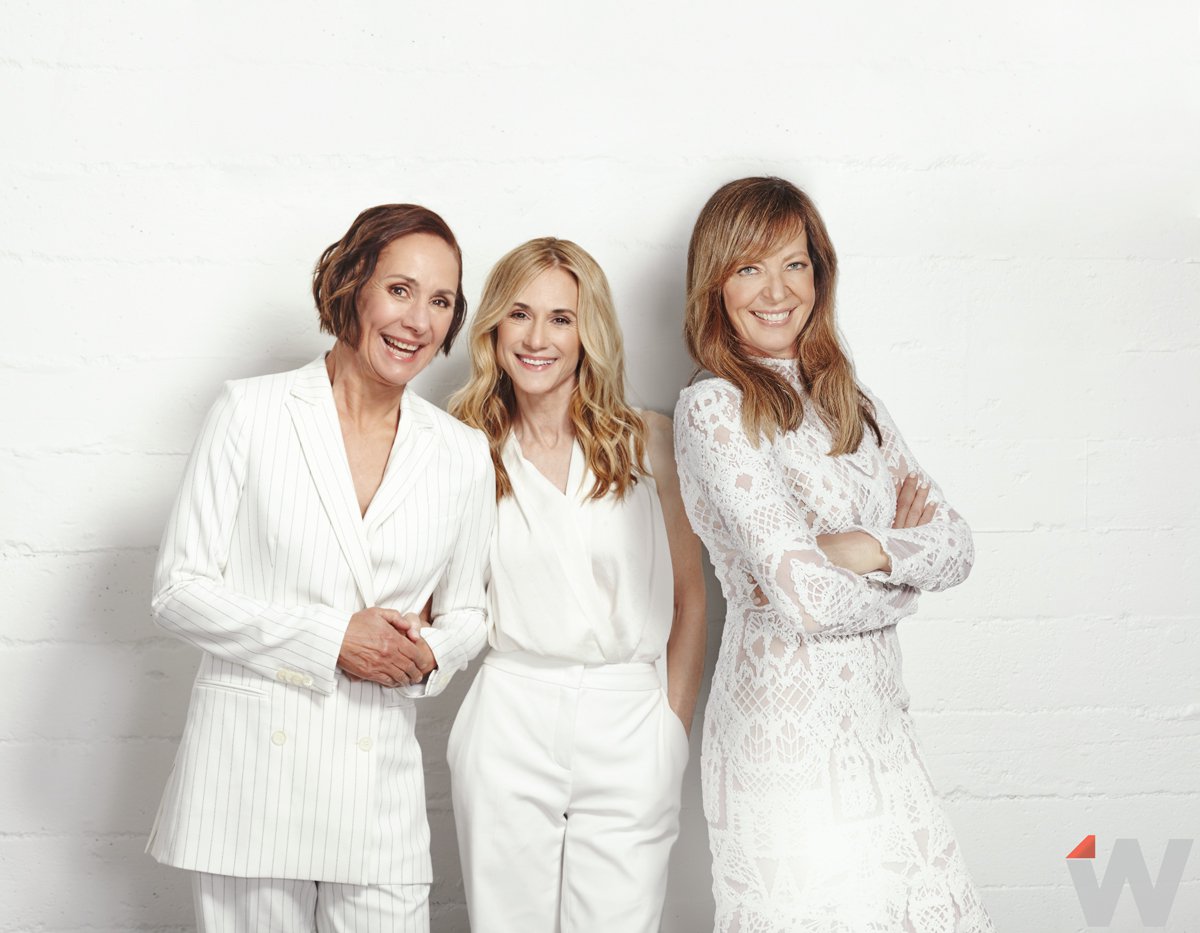Jose here. The very first time I went behind the scenes at The Metropolitan Museum of Art, there was an image that immediately caught my attention. A big, bright yellow sign commanding walkers to yield to the works of art in transit. It didn’t only make me wonder how many pieces by Da Vinci, Rodin, Renoir, Van Gogh, Warhol, Kahlo and many other established legends had travelled through the corridors I was walking in, it also made me wonder how many Alexander McQueen and John Galliano gowns had followed them. If the idea of fashion as art remains to some a topic of debate, it has never been so at the Met where it plays an essential part in raising awareness of the Museum’s outreach through the Costume Institute.
For decades, the Costume Institute has been holding a Gala to raise funds to preserve and expand its collection of over 30 thousand costumes and accessories that range from centuries old furs, to iconic dresses worn by Jackie O among others. The Gala is at the center of Andrew Rossi’s documentary The First Monday in May which was chosen as the Opening Night selection at the 2016 Tribeca Film Festival. Our conversation with Rossi after the jump...
Rossi’s film chronicles the planning and execution of the China Through the Looking Glass exhibit and follows The Costume Institute’s curator Andrew Bolton, and Vogue editor in chief Anna Wintour as they work side by side.

The film serves as a ticket into what might be the most exclusive party in the world. (there are cameos by Justin Bieber, Baz Luhrmann and Wong Kar-wai among others), but Rossi also poses questions about the importance of fashion and the reasons why some people resist its appeal and significance as an artform. Rossi’s camera takes in the rich details of a John Galliano dress with the same sense of awe with which it captures the glimmer in Bolton’s eyes as he describes being a teenager who dreamt of working at the Met. It’s the perfect marriage between fashion, culture and bravura filmmaking, and one that should make film lovers yield to its power. Staying on the feeling of surrendering oneself to beauty, I started my conversation with Rossi by asking him about why he starts his film with the same image I found to be so haunting.
JOSE: Why did you find that image so powerful that you used it to start the film?
ANDREW ROSSI: I think one of the key narrative points in the film is to look at how Andrew Bolton elevates fashion to the level of art and the obstacles in that journey. How China Through the Looking Glass, ultimately is a testament to the creative prerogative of designers who take many different cultural influences and create unique objects that synthesize all these influences. The sign in the corridors underneath the Metropolitan Museum that say “Yield to Art in Transit” are a great visual reminder to the viewers that what they’re about to see is art, not just the products of designers like Lagerfeld, Gaultier and Galliano, but objects of art.
JOSE: The sign also expresses the idea of fashion being art in motion, art we see in the streets. You’ve made films about things we all have in common: food, education, reading the newspaper...were people surprised you were making a film about the Met Gala since fashion is often thought of as something frivolous?
ANDREW ROSSI: Yes.
(Laughs)
JOSE: So how do you choose the subjects of your films?
ANDREW ROSSI: My feeling from the beginning when I was approached by the folks at Vogue, including Anna Wintour, whether I would be interested in making this film was that I was not interested in making a movie about a party, but rather about the role of art and commerce, going behind the scenes of the Met to understand through Andrew Bolton’s journey why the Museum is such an esteemed institution, and also unpacking some of the mythology around Anna Wintour. All of those ideas excited much more in the initial phase than the pyrotechnics and the spectacle of the Met Gala itself. However, the spectacle is a very important aspect of what gets attention to the work Andrew is doing, what raises money for the Museum, and also literally how models on the red carpet while wearing certain costumes can become like performance art themselves.
I think we see that with Rihanna, when she’s wearing this tremendous Guo Pei dress, that’s cascading down the steps of the Met on the red carpet, she transcends her own biography as Rihanna, and the dress is not just a collection of fabric that took two years to assemble, but the two of them together become what André Leon Talley describes as “the Queen of the Night”, she’s sort of a Cinderella and an icon. To me those ideas and juxtapositions were exciting. Courtesy of Magnolia Pictures
Courtesy of Magnolia Pictures
One of my favorite scenes in any movie this year is where we see Rihanna performing at the Gala while Beyoncé, Katy Perry, Sienna Miller and Uma Thurman dance to her music. Many people will undoubtedly fail to see past their misconceptions on fashion and dismiss the film as shallow, but you touch on social class in a way American films rarely do. At one point André Leon Talley points out how Rihanna was a girl of humble beginnings who became a huge star, and you capture this aspirational aspect about how Andrew Bolton too dreamt of working at the Met since he was a kid. In a way it’s a film about pursuing our dreams too.
Absolutely. I think that’s part of the romance and fantasy of fashion. We wanted to very emphatically show how fashion is aspirational not only just as a luxury product, but also as an avatar for people’s feelings about gender, sexuality, politics, class and creativity. In so many cases fashion is also an escape for individuals who feel they come from a background that is limited. I think Andrew Bolton talking about how he is still in awe about the spectacle that he sees at the Met Gala helps to humanize the event. And Rihanna coming from humble beginnings, helps so that when we see her sorta giggling in the Guo Pei dress, and as she turns her head in slow motion for the photographers, she goes from giggling to creating a stern face for the camera. In that moment we see that there is more to that moment than that jpeg we saw on our iPhones of her and the egg yolk on the red carpet. What interests me as a filmmaker is to take apart those things to understand them fully, while celebrating their entertainment value. Courtesy of Magnolia PicturesOne of the things that makes Andrew Bolton’s work so mesmerizing is that his exhibitions are about conversations. In the McQueen exhibit he juxtaposed death with lust for life, in China he had the East conversing with the West. And I wondered if you ever thought of your own films as being in conversation. For example in Ivory Tower you propose that perhaps the college path isn’t “right” for everyone given how other vocations can fulfill people more. Art is usually one of these vocations, which made me think of The First Monday in May. Did you think of these two specific films having a dialogue?
Courtesy of Magnolia PicturesOne of the things that makes Andrew Bolton’s work so mesmerizing is that his exhibitions are about conversations. In the McQueen exhibit he juxtaposed death with lust for life, in China he had the East conversing with the West. And I wondered if you ever thought of your own films as being in conversation. For example in Ivory Tower you propose that perhaps the college path isn’t “right” for everyone given how other vocations can fulfill people more. Art is usually one of these vocations, which made me think of The First Monday in May. Did you think of these two specific films having a dialogue?
I think of the two films as reflecting a common interest in going behind the scenes at institutions. Taking apart their significance in the culture, to understand why they are viewed in a certain way. I also think in Ivory Tower we see technology as a disruptive force, and in May we see the Costume Institute as a positive disruptive force within the Museum, to the extent that as Thomas Campbell explains the Alexander McQueen show revolutionized exhibition making. And how fashion exhibitions are so different from painting and sculpture, but also draw huge audiences to the Museum and also become a platform for donations, and can also broaden the audience, while defying the traditional 19th century notion of what is art. I think there is a conversation between both films in that they’re teasing out those kinds of conflicts.
I like how in the film it’s revealed that Anna Wintour loves putting on the ice queen performance people expect of her. Was it a challenge for you to determine who the key players in the film would be, and shaping their performances?
It was a great tribute to our editors how we were able to navigate or support a dual narrative structure to the extent that we have a story of the Gala being put together, and the exhibition. The protagonists of those stories are Anna Wintour and Andrew Bolton who are brother and sister in arms. We hope that we calibrated the movement between each story line to be pleasing, but also elucidating.
We know China Through the Looking Glass was a success, but there’s also a certain amount of tension you maintain throughout the movie, of whether they will pull this off or not. Can you talk about achieving suspense when we already know the outcome?
The film participates in the classic genre of “putting on a show”, so in the end they literally were putting finishing touches on the exhibition hours before it opened. There were many times when Andrew Bolton was afraid he wouldn’t finish, but simultaneously it’s a movie of ideas, so we wanted to find moments where the story of the Gala and the Exhibition commented on the role of art and commerce together.
After making the film and being so immersed in fashion for all these months, were there any particular paintings or sculptures that you saw in a different light by focusing on what the subjects were wearing?
It’s funny you should say that because we filmed a “Fashion in Art” tour - it’s going to be a DVD extra - it’s looking at lots of different pieces in which the fashion is a key part of understanding the subject and the time in which it was made. There is a sculpture of Diana in the Greek and Roman Gallery that has a fleece robe that apparently took tremendous amounts of time to construct, and so the tour guide talks about that. There’s also a portrait of King Louis XIV where his regal robes tell us a lot, and there are some Sargent paintings, like Madame X, which is most interesting for her cocktail gown; while her pose is almost regal, her dress is a sensual garment that was very provocative for its time.
The First Monday in May opens in theaters on Friday.